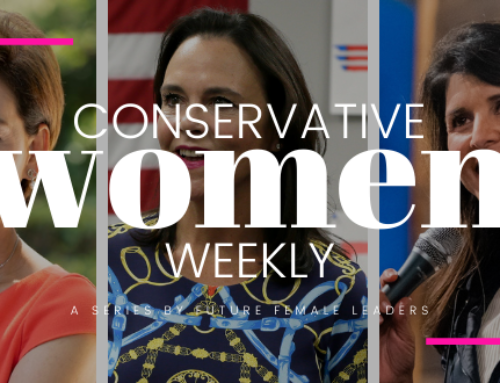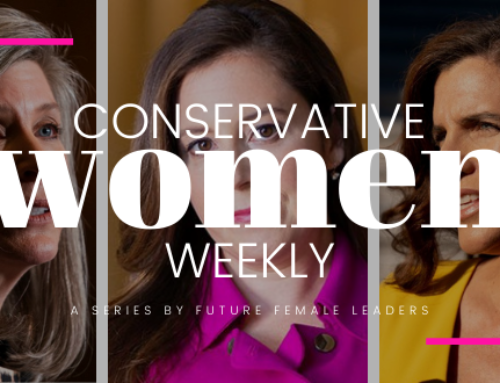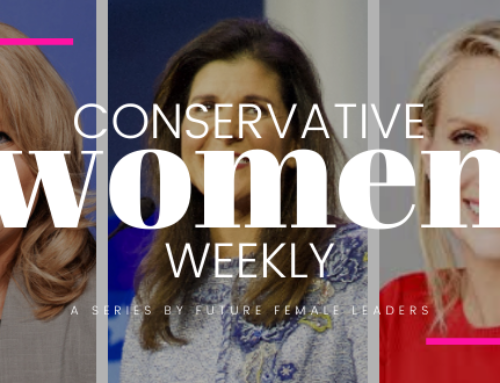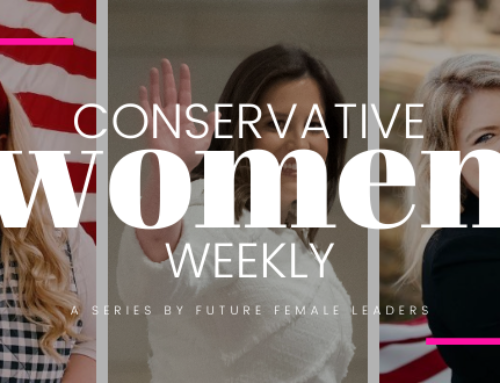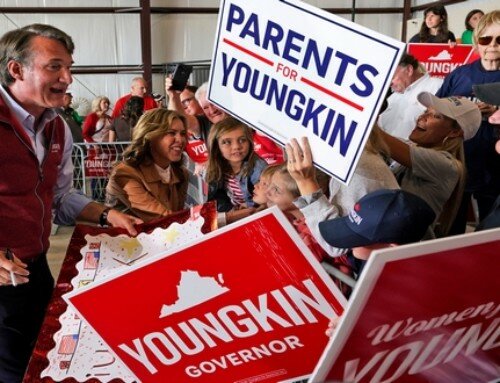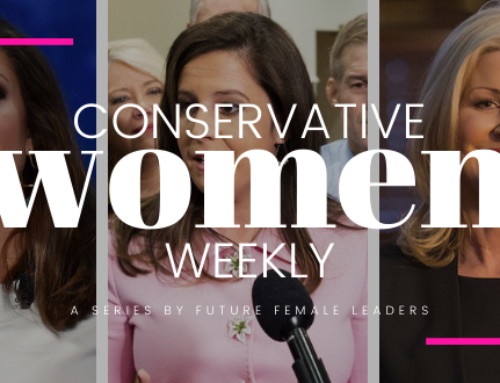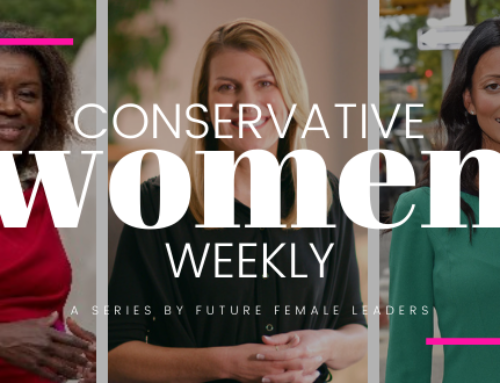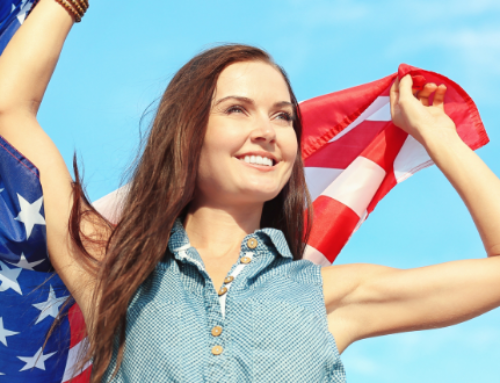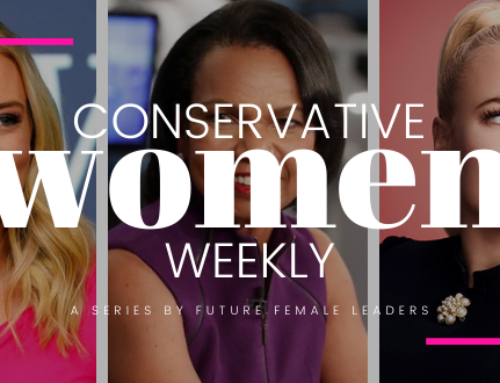Image Credits: Reuters
On Thursday, February 7th, President Trump signed a memo establishing the Women’s Global Development and Prosperity Initiative, referred to as the W-GDP. The initiative’s mission is to empower female entrepreneurs and women in the workforce across the world. The W-GDP has a goal of reaching 50 million women in developing countries by 2025. Here are four things to know about the new initiative.
1) It was championed by Special Advisor Ivanka Trump
Special Advisor Ivanka Trump has made a name for herself in the White House outside of being the president’s daughter. She has numerously been cited as the President’s right hand, helping craft policy and pushing women’s empowerment issues. This includes paid family leave, expanding the child tax credit, and now the W-GDP.
2) The initiative operates under the U.S. Agency for International Development.
The USAID is a government organization that “promotes global health, supports global stability, provides humanitarian assistance, catalyzes innovation and partnership, [and] supports women and girls”. The president directed the agency to dedicate $50 million upon the creation of the initiative. The partners of the program include the U.S. Departments of State, Treasury, Labor, and Commerce, the Overseas Private Investment Corporation, the Millenium Challenge Corporation, the Peace Corps, the U.S. African Development Foundation, and the Inter-American Foundation.
3) The initiative has three pillars.
The first pillar is focused on “workforce development, vocational education, and skills training.” The main goal of this pillar is to increase the global labor force participation for women across the world by supporting job training and expanding educational opportunities. These goals allow for a level playing field in developing countries.
The second pillar focuses on “access to capital, markets, networks, and mentorship.” The goal of this pillar is to connect female entrepreneurs to sources of money, business training, and opportunities offered by the market. Small business owners and startups know that you may have a good idea for a product or service, but you won’t get far without support. This goal allows for the bridging of the gap between female business owners and capital.
Finally, the third pillar includes “remov[ing] restrictive legal, regulatory, and cultural barriers.” The goal is to “promote an enabling environment…by reducing barriers and enhancing protections…to facilitate women’s participation in the economy.” These take many forms, from legal barriers, like laws that limit a woman’s right to own property or sign a contract in her own name, to harsher penalties for gender-based violence. The White House website cites a McKinsey & Company report that “businesses in Africa with the most women on their board have an operating profit over 20 percent higher than industry averages,” despite the fact that “only five percent of the CEOs in Africa are women.”
4) The initiative has been in the works for over a year.
In an op-ed published in the Wall Street Journal, Special Advisor Trump noted that over the last year, she has met with over 200 partners, including non-governmental organizations (NGOs), private companies, and members of Congress. She notes that she will continue to create bipartisan partnerships in order to “advance women’s economic opportunities, promote female entrepreneurship, and lift barriers to full economic participation.”
After being teased by the President in Tuesday’s State of the Union Address, I am extremely happy to see this newest initiative from the Office of the President. By empowering women across the globe to enter the workforce and provide for themselves, we are making the global economy a better place.
Jillian K
CABINET


